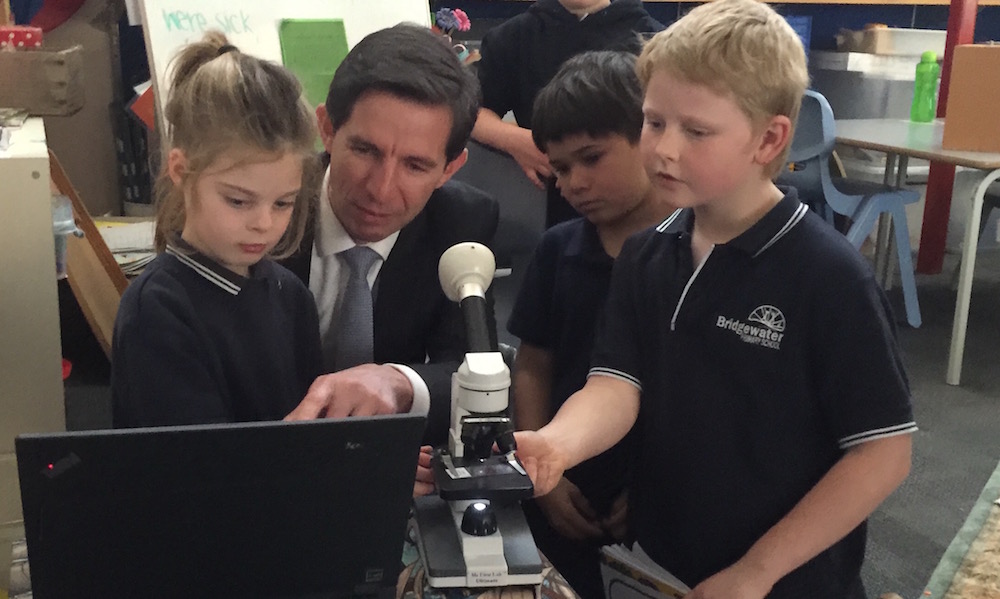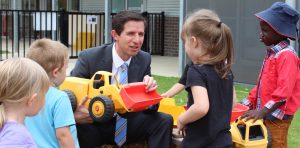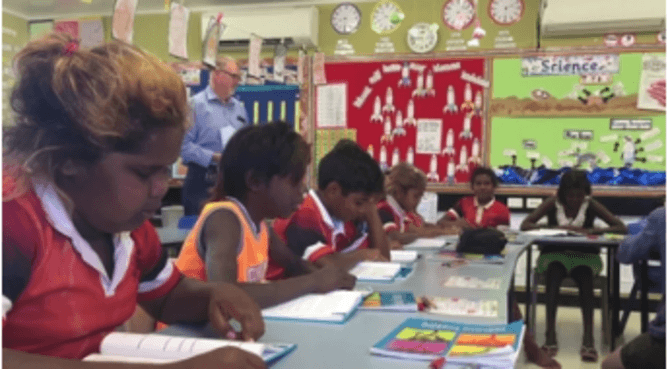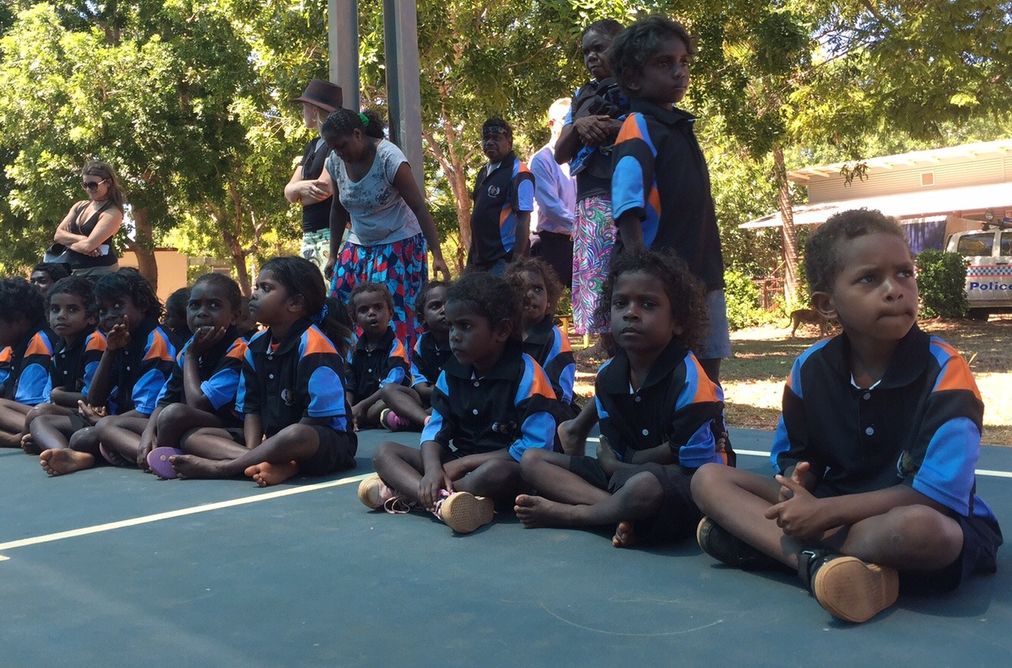Young students using strengths to overcome hurdles

New data shows Australian children battling issues with their physical or emotional development can draw on their strengths in other areas to get ahead in a trend experts have dubbed ‘the Resilience Factor’.
Minister for education and training Simon Birmingham said the new Multiple Strengths Indicator analysis released this week is a world-first look at the strengths children have developed when they start school across their physical health and wellbeing, social competence, emotional maturity, language skills and cognitive skills.
Minister Birmingham said the analysis showed that one in four children with vulnerabilities in one or more developmental areas also showed well developed or highly developed strengths in other areas.
“What we can see is that even the most vulnerable children in our communities have strengths to draw upon,” Minister Birmingham said.
“In the face of some significant challenges, a large group of children can rely on their strengths to overcome obstacles in other areas of their lives.
“Working from information in the Australian Early Development Census, this is the first time that anyone in the world has developed a Multiple Strengths Indicator and it’s useful for the sorts of insights it can give early educators, schools, policy makers and communities to help children use strengths to address other vulnerabilities.
“When we look deeper than the national and state trends, what we see is that even the most vulnerable groups of children have strengths. What’s important is that the communities where these trends are most clear now have information and tools they can use to build children’s skills and development in other areas, knowing where those kids have strengths they can draw upon.

“Our investments in early childhood education and care are designed to ensure our most vulnerable kids receive necessary support from high quality early education.”
Minister Birmingham said the data had identified communities across Australia with large proportions of children with high developmental vulnerabilities as well as high developmental strengths.
“The data shows us that those communities that have high levels of vulnerability on language or communication indicators, also exhibit well developed or highly developed strengths in social competence and pro-social behaviours. It’s insights like those that can help educators, families and communities in the way they support kids,” Minister Birmingham said.
Associate Professor Sally Brinkman from The Telethon Kids Institute said that ‘the Resilience Factor’ came through strongly in the data.
“We’ve always known that many Australian communities have a diverse range of children living within them, and that some communities that show a high proportion of children with developmental vulnerabilities, can also have a lot of children who are showing strengths in development. By providing communities with crucial information on how their children are going helps us to work out what is working well to support children and what might not be” Professor Brinkman said.
“We will work with communities, educators and researchers across the country to ensure these results are acted upon because these insights can help make all the difference in the world to how our children are supported through some of their most important years of development.”
Minister Birmingham said the analysis highlighted that since 2009 the number of children with highly developed skills had jumped 4.1 percent to 55.8 percent and that there had been growth by as much as 9.9 percent in Queensland and solid gains in Tasmania and WA, while South Australia’s results had stagnated or gone backwards.
“What we can see is that there’s been a steady increase in children’s abilities as the number of children enrolled in early education via child care or preschool has climbed over the same period from 77 per cent of the population in 2008 to 100 per cent in 2015,” Minister Birmingham said.
“We know that children who start school behind their peers struggle to catch up and that’s backed by the MSI’s correlation to NAPLAN performance as children progress through school. It further reinforces the value of early childhood education and care which is why the Turnbull Government is working hard to deliver better targeted support that is set to benefit around one million families.
“As well as fee relief for families by abolishing the rebate cap and implementing an hourly fee cap to put downward pressure on incessant price rises, our early childhood education and care reforms also include a $1 billion safety net to ensure children from disadvantaged backgrounds have access to services.
“Our reforms are a two-pronged approach focused on supporting working families and early childhood education because those early years have a profound impact on the cognitive, social, emotional and physical development of children.”
The results from the Multiple Strengths Indicator and for individual communities can be found at https://www.aedc.gov.au







